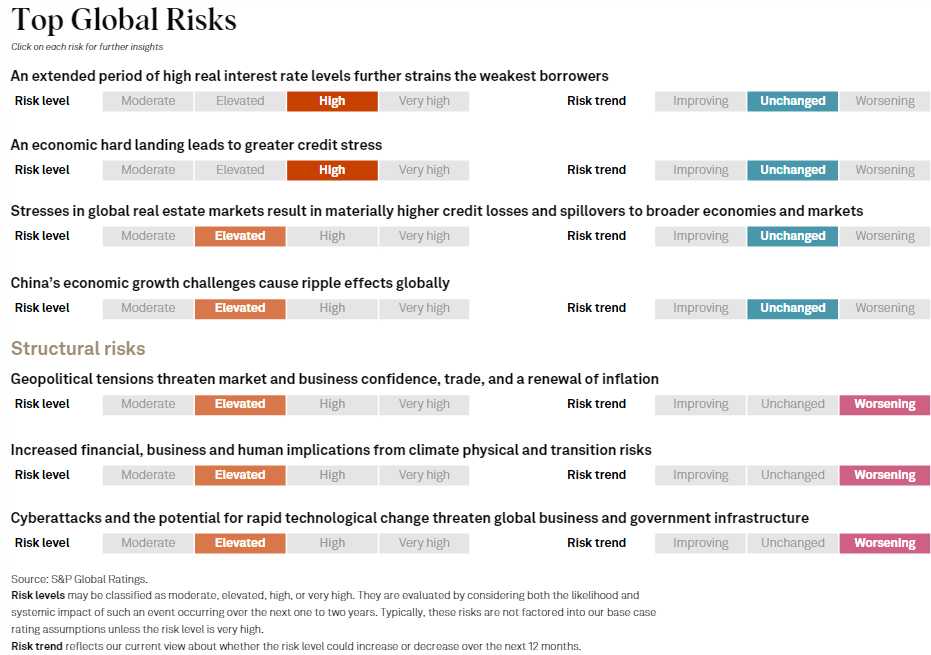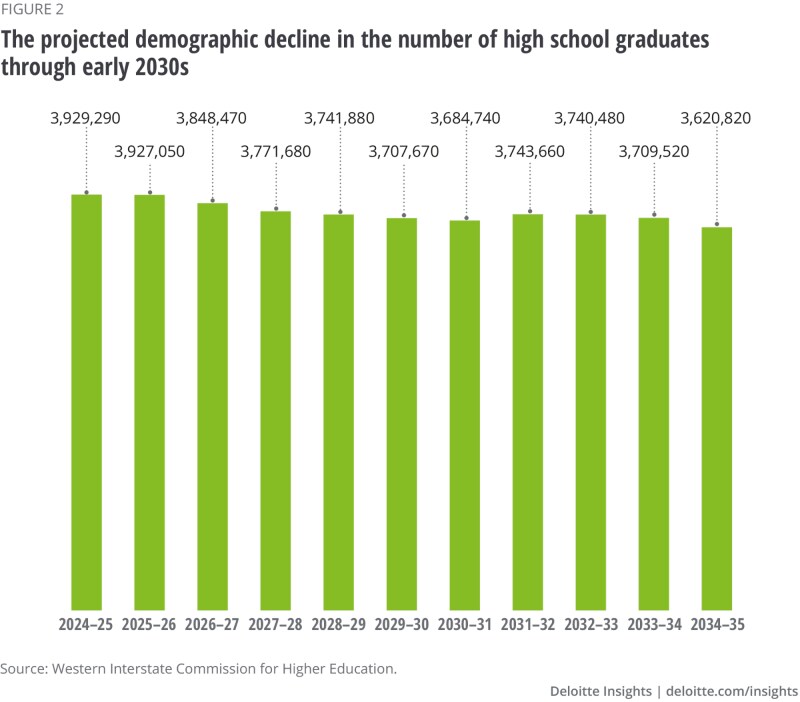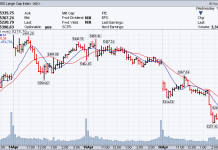

Phil is still a bit sick (something you won’t have to worry about when we take over – oops, did I say that out loud?), so I’m filling in as your “auteur du jour“, if you will.
As we wrap up the week, with just 2 more to go in 2023, let’s delve into a topic that’s been simmering in the financial cauldron: the evolving landscape of credit risks and its potential impact on sectors like higher education. Our starting point today is a recent piece from Bloomberg, where JPMorgan’s strategist, Aronov, warns of a significant credit reckoning as high interest rates start to bite.
 The Big Credit Reckoning
The Big Credit Reckoning
Aronov’s perspective is a wake-up call to those who’ve been snoozing through the Fed’s rate hikes. The era of cheap money is fading, and with it, the cushion that has softened the blow for many borrowers. This shift is not just a blip on the radar; it’s a storm brewing on the horizon. As rates climb, the cost of borrowing skyrockets, and this could spell trouble for entities that have grown a little too comfortable with debt.
Global Credit Outlook for 2024
But let’s broaden our lens. According to S&P Global Ratings, 2024’s credit outlook is like navigating uncharted waters with a stormy forecast. They’re talking about new risks and a new playbook, as borrowers and investors adjust to a world where money doesn’t grow on trees (or central banks). We’re looking at potential credit deterioration and defaults, especially in sectors vulnerable to consumer spending downturns.
The Private Credit Market
Wellington Management points out three key themes in the private credit market: the rise of nonbank lenders, shifting allocations to less traditional areas, and the prevalence of covenant-lite deals. This is like watching the financial ecosystem evolve in real-time, with new predators and prey emerging (Wellington US Institutional).
The Biggest Risks Ahead
S&P Global Ratings isn’t mincing words about the risks ahead. We’re talking about tight financing conditions, a potential global growth slowdown, and high energy prices squeezing profits like a lemon at a fancy bar. And let’s not forget the ever-looming geopolitical tensions, adding spice to an already hot mix (CreditWeek).

BlackRock’s Take
BlackRock, meanwhile, sees a moderate hike in default rates and credit losses through mid-2024. They’re emphasizing the need for active credit selection and smart portfolio construction. It’s like telling investors to sharpen their knives; the next meal won’t be easy to carve (Global Credit Outlook – Institutional | BlackRock).
The Impact on Higher Education
Now, let’s circle back to higher education. Universities have long been seen as bastions of stability in the credit markets. But as the landscape shifts, could they be facing their own credit crunch? With rising costs and potentially tighter budgets, higher education institutions might find themselves in a financial squeeze.
The Funding Crunch
As we delve deeper into the financial challenges facing higher education in 2023, a report from NACUBO highlights a combination of financial and demographic pressures. Shrinking budgets and fluctuating student enrollment are just the tip of the iceberg. These issues are not just administrative headaches; they are existential threats that could reshape the landscape of higher education. According to The Ed Advocate, many universities are grappling with severe budget cuts. This funding crisis is not a distant thunder; it’s a storm that’s already here. With some institutions struggling to survive, the traditional model of higher education financing is under unprecedented strain.
 Increasing Pressures
Increasing Pressures
Fitch Ratings predicts that enrollment and financial challenges are set to increase in the coming year. This forecast is a clear signal that the higher education sector is sailing into choppy waters, with financial stability and student enrollment at the mercy of economic tides. Deloitte’s analysis (2023 Higher education trends | Deloitte Insights) offers a broader perspective on the trends, challenges, and opportunities shaping America’s higher education sector. This comprehensive view underscores the need for institutions to adapt and innovate in the face of financial adversity.
The Job Market Squeeze for Graduates
The class of 2024 is facing a harsh reality check. According to Bloomberg, college seniors, even those with impressive resumes, are finding it increasingly difficult to land entry-level roles in tech and financing. This shift marks a stark contrast to the recent past, where graduating seniors could juggle multiple job offers. It’s a sudden trend change that is leaving many graduates scrambling. Now, with major companies in technology, finance, and consulting cutting costs and consolidating workforces, the job market landscape is drastically changing. the corporate world has suddenly stopped handing out golden tickets at the gates of the chocolate factory.
 The Political Landscape and Higher Education
The Political Landscape and Higher Education
The New York Times offers a thought-provoking perspective on the threats facing America’s universities. In an opinion piece, they discuss how public higher education, particularly in Florida, is becoming a battleground in the political “war on woke.” This term, though nebulous, seems to encompass anything perceived as politically liberal or progressive. The article highlights the actions of Florida’s Governor Ron DeSantis and his appointees, who are exerting significant influence over the state’s education system.
This political pressure is not just a Florida phenomenon; it’s a national trend that could reshape the landscape of higher education in the U.S.
In conclusion, the credit market in 2024 is shaping up to be a rollercoaster ride. From the big banks to the hallowed halls of universities, no one is immune to the shifts and shakes of this financial earthquake. As investors and analysts, it’s our job to keep our eyes wide open and our strategies flexible. After all, in the world of finance, the only constant is change.
Have a great weekend,

-
- Warren







